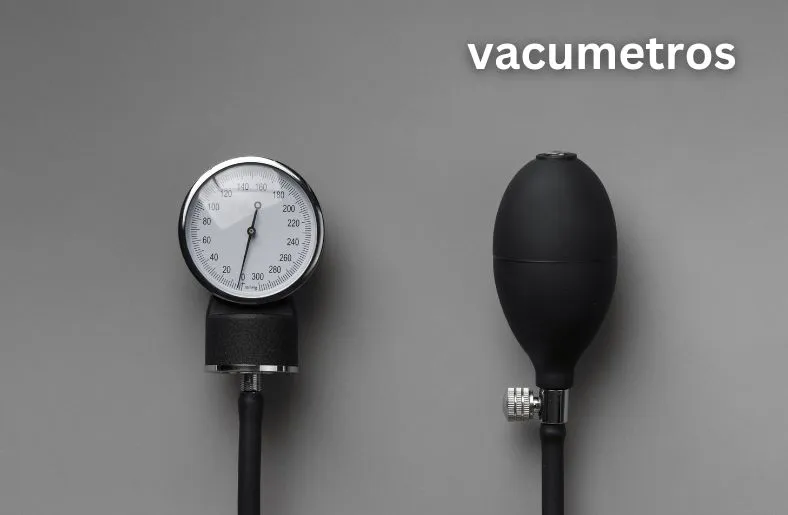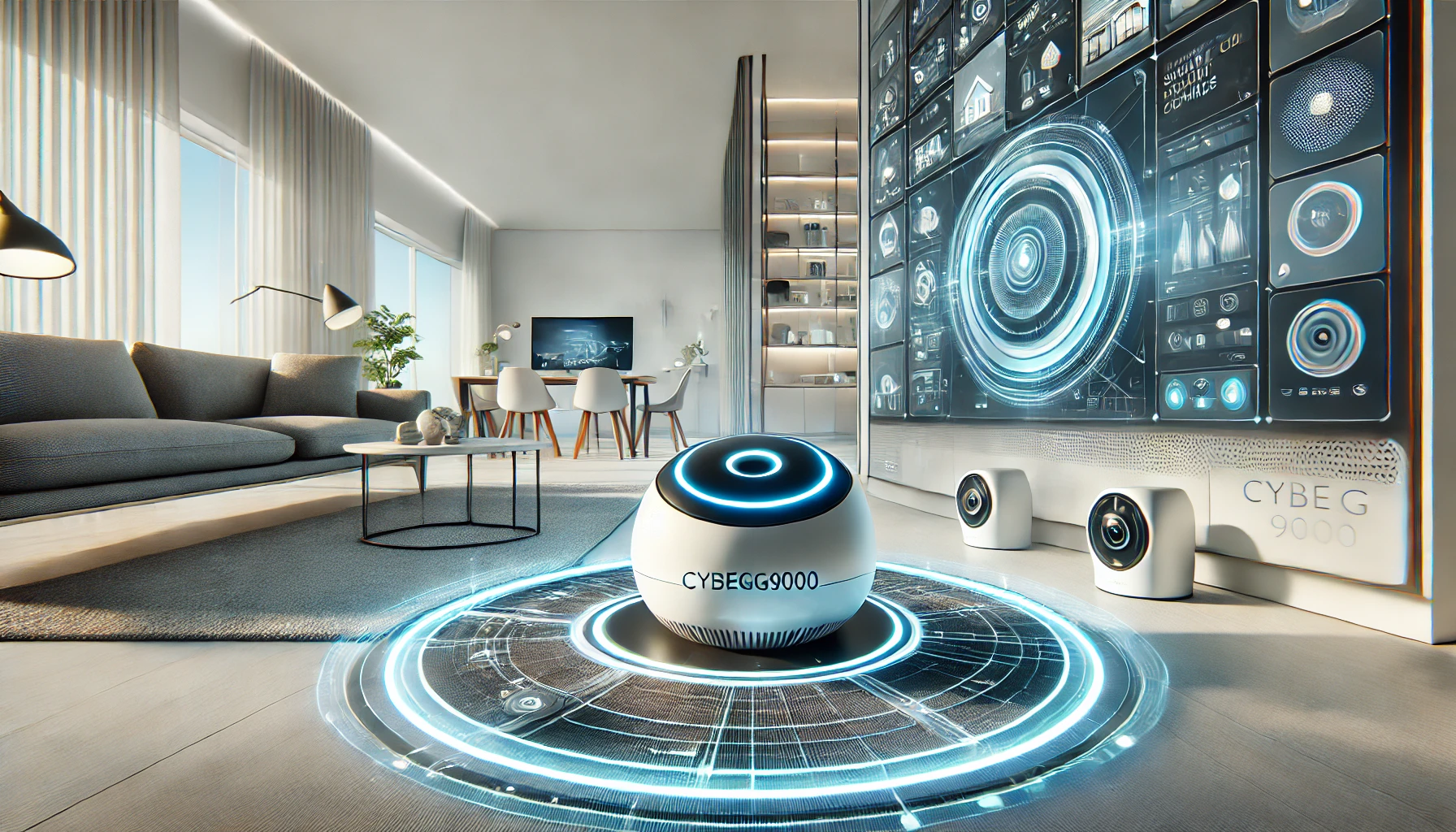Vacumetros, often vacuum gauges, are pivotal instruments in modern engineering and scientific endeavours. This article delves into the world of vacumetros, uncovering their significance, functionality, and diverse applications. From manufacturing processes to scientific research, vacumetros ensure precision and efficiency. Join us on this journey as we explore the intricate realm of vacumetros and their indispensable role in various industries and scientific advancements.
Understanding Vacumetros
To comprehend the essence of vacumetros, it’s essential to grasp their fundamental principles of operation. Vacumetros, derived from “vacuum” and “metro,” gauge and display the vacuum level within a system. These instruments serve as the eyes into the emptiness of space, measuring the absence of matter with precision. By harnessing sensors, vacumetros detect and quantify the pressure exerted by remaining gases in a vacuum. This quantitative measurement enables technicians and engineers to evaluate and manage system conditions effectively. Whether in manufacturing processes or scientific experiments, vacumetros offer insights into the vacuum levels critical for optimal performance. Let’s delve deeper into the functionality and significance of these remarkable instruments that underpin advancements in various industries.
Types of Vacumetros
Analog Gauges: These traditional gauges display pressure levels using a dial and needle. They are reliable and widely used in various industries for their simplicity and durability.
Digital Gauges: Modern digital gauges provide precise readings, often with additional features such as data logging and connectivity options. They offer high accuracy and are preferred for detailed pressure monitoring and control applications.
Pirani Gauge: Named after its inventor, Marcello Pirani, this gauge measures medium to high vacuum levels by exploiting gases’ thermal conductivity. It is susceptible and suitable for a wide range of vacuum applications.
Ionization Gauges: These gauges determine pressure by analyzing the ionization of gas molecules within a confined space. They are particularly effective for measuring high vacuum levels accurately and are commonly used in scientific research and semiconductor manufacturing.
Capacitance Manometers: These gauges measure pressure by detecting changes in capacitance between diaphragms. They provide precise and reliable measurements across a wide range of pressure, making them versatile instruments for various industrial and scientific applications.
Importance of Vacumetros in Industries
Vacumetros play a pivotal role across many industries, revolutionizing processes by ensuring precision and efficiency. These instruments are indispensable for maintaining optimal vacuum conditions, thus enhancing the quality and reliability of various industrial applications.
Enhancing Precision: Vacumetros enable industries to precisely control vacuum levels, ensuring consistency and accuracy in manufacturing processes. This precision is particularly crucial in semiconductor manufacturing and aerospace engineering sectors, where even minor deviations can lead to significant consequences.
Ensuring Quality Assurance: By accurately measuring vacuum levels, vacumetros facilitate the production of high-quality products free from defects or impurities. Industries rely on vacumetros to maintain the desired vacuum conditions during critical processes like vacuum coating, freeze-drying, and space simulation.
Improving Efficiency: Vacumetros optimize operational efficiency by enabling industries to monitor and regulate vacuum levels in real time. This optimization minimizes wastage, reduces production errors, and streamlines workflows, ultimately leading to cost savings and enhanced productivity.
Ensuring Safety Compliance: Vacumetros are essential for ensuring safety standards compliance in sectors such as automotive and aerospace. For example, in the automotive industry, they monitor vacuum levels in braking systems, thereby ensuring optimal performance and vehicle safety.
Driving Technological Advancements: Vacumetros facilitate technological advancements by enabling research and development in various fields. From scientific experiments to material testing, these instruments provide crucial data that fuels innovation and drives progress in industries worldwide.
The widespread adoption of vacumetros underscores their indispensable role in modern industrial processes, where precision, reliability, and efficiency are paramount. By harnessing the power of vacumetros, industries can unlock new possibilities and achieve greater success in today’s competitive landscape.
Applications of Vacumetros
Vacumetros find extensive applications across diverse industries, where they play a crucial role in ensuring optimal vacuum conditions and driving technological advancements. Here are some critical applications:
Manufacturing Industry: Vacumetros are widely used in manufacturing processes, particularly in semiconductor manufacturing, pharmaceuticals, and aerospace engineering. They help maintain precise vacuum conditions in vacuum chambers, ensuring the quality and reliability of manufactured products.
Automotive Sector: In the automotive industry, vacumetros are essential for monitoring vacuum levels in critical systems like brake boosters. Vacumetros improve brake performance and overall vehicle safety by ensuring optimal vacuum conditions.
Scientific Research: Vacumetros play a vital role in scientific research, facilitating experiments that require controlled vacuum environments. They are used in laboratories for various studies, including material testing, particle physics, and space simulation.
Space Exploration: Vacumetros are indispensable in space exploration, where they are used to evaluate and optimize the performance of spacecraft components. They help simulate vacuum conditions encountered in outer space, enabling scientists and engineers to develop robust and reliable space exploration technologies.
HVAC Systems: Vacumetros are also used in heating, ventilation, and air conditioning (HVAC) systems for leak detection and maintenance. They help ensure the integrity and efficiency of HVAC systems, enhancing indoor air quality and energy efficiency.
Evolution of Vacumetros
The evolution of vacumetros represents a fascinating journey marked by technological advancements and innovation. Initially, vacumetros were simple devices designed to measure atmospheric pressure indirectly, signalling the presence of a vacuum. Over time, scientists and engineers refined these instruments to quantify vacuum levels in various applications accurately.
The earliest vacumetros paved the way for more sophisticated models, such as analogue and digital gauges, which offered precise readings and enhanced functionalities. Additionally, revolutionary inventions like the Pirani gauge and ionization gauge introduced new principles for measuring vacuum levels, further improving the accuracy and range of vacumetros.
With each advancement, vacumetros became more versatile and adaptable to a wide range of industries and scientific disciplines. Today, modern vacumetros incorporate cutting-edge technologies like electronic interfaces and wireless connectivity, enabling real-time monitoring and control of vacuum systems.
Vacumetros’s evolution continues unabated, driven by the ongoing quest for precision, reliability, and efficiency in vacuum measurement and control.
Advancements and Future Directions
Continual advancements in vacumetro technology promise exciting prospects for the future. Emerging trends indicate a shift towards portable and smart vacumetros, leveraging miniaturization and IoT integration for enhanced usability and efficiency. These advancements enable users to perform vacuum measurements more quickly and precisely, even in challenging environments.
Moreover, ongoing research efforts focus on improving sensor technologies and data analysis algorithms, paving the way for more accurate and reliable vacumetros. As vacumetros become more integral to various industries and scientific fields, the demand for innovative solutions will drive further developments in the coming years.
The future of vacumetros appears promising. Advancements are poised to address current challenges and unlock new possibilities for vacuum measurement and control.
Challenges and Maintenance
Despite their importance, vacumetros face several challenges, including environmental conditions, calibration requirements, and user proficiency. Overcoming these challenges is crucial for ensuring accurate vacuum measurements. Regular maintenance, including calibration checks and sensor cleaning, is essential to preserve vacumetros’ reliability and longevity. Proper user training on calibration procedures and best maintenance practices can help address these challenges effectively, ensuring optimal performance and longevity of vacumetros in various applications.
FAQs About Vacumetros
Here are some commonly asked questions about vacumetros:
What is a Vacuometer?
A vacuometer, also known as a vacuum gauge, is a device designed to measure vacuum levels. It is crucial for various modern, scientific, and industrial applications.
How do Vacuometers work?
Vacuometers measure pressure differentials, comparing the pressure in a system to a reference pressure, typically atmospheric pressure, using various techniques like mechanical, electronic, or thermal principles.
What are the main types of Vacuometers?
The primary types include mechanical vacuometers, thermal conductivity gauges, and ionization gauges, each suited for specific vacuum ranges and applications.
How do you choose the right Vacuometer for a specific application?
Consider factors such as the required vacuum range, accuracy, gas compatibility, and standard operating conditions when selecting a vacuometer for a particular application.
Conclusion
In conclusion, vacumetros are pivotal in modern industries, scientific research, and technological advancements. Their ability to accurately measure and regulate vacuum levels ensures efficiency, reliability, and safety in various applications. From understanding the basics to exploring their diverse types, applications, and future directions, vacumetros continue to evolve, promising enhanced capabilities and new opportunities. Overcoming challenges and embracing advancements, vacumetros remain indispensable tools, driving innovation and progress across multiple sectors. As we look ahead, the journey of vacumetros reflects humanity’s relentless pursuit of knowledge and efficiency in harnessing vacuum conditions for scientific and industrial advancements.





